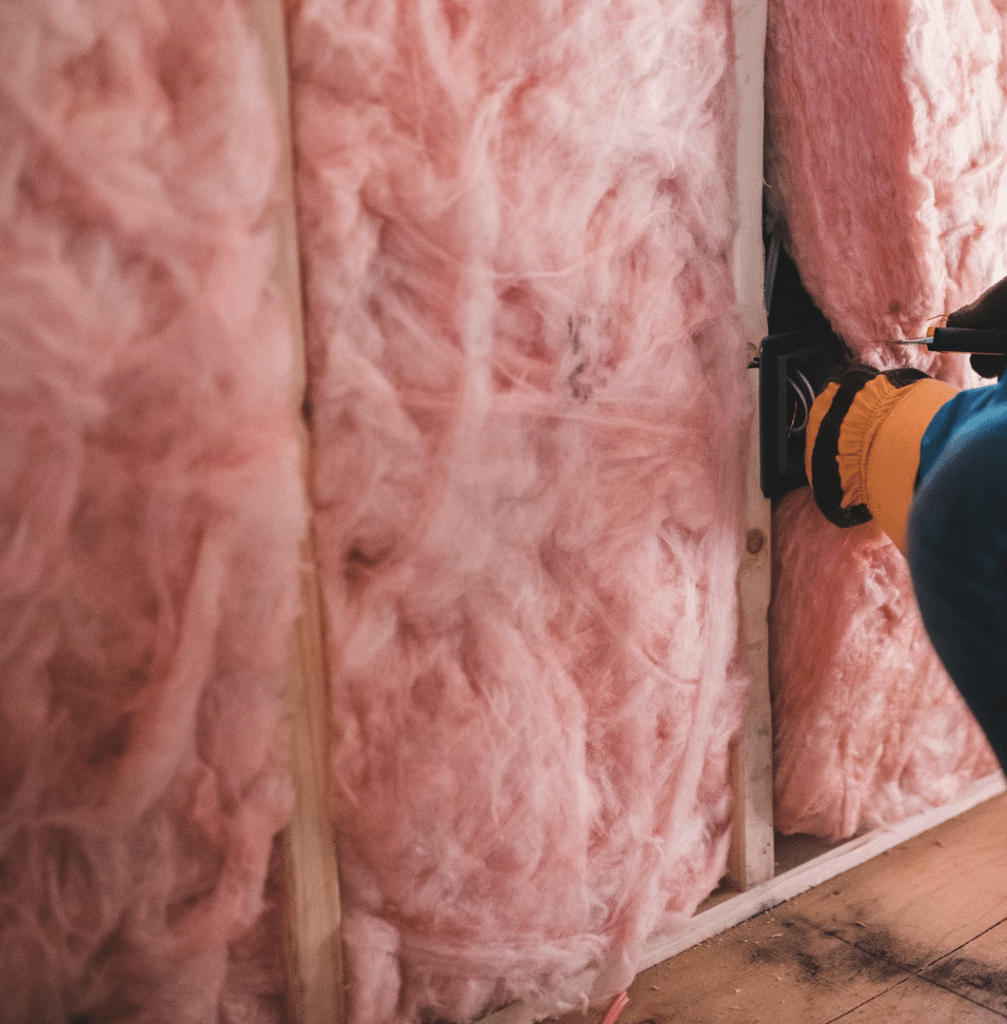Maintaining a comfortable home environment is essential for overall well-being and energy efficiency. Recognizing the signs of inadequate insulation can guide homeowners on when it’s time for an upgrade. Modern materials offer significant benefits that enhance both comfort and sustainability in your home.
Creating a comfortable living space involves more than just aesthetics; it requires functional elements like effective attic insulation to ensure energy efficiency. Uneven temperatures and unexpected spikes in energy bills often signal the need for insulation upgrades. By addressing these issues promptly, you can enhance your home’s comfort while reducing costs.
Identifying signs of inadequate insulation
Uneven temperatures throughout your home can indicate that your attic insulation may be failing. If certain rooms are notably colder or warmer than others, it could indicate insufficient or compromised insulation. High energy bills are another telltale sign, as inadequate insulation allows heated or cooled air to escape, forcing your HVAC system to work harder.
Mold and moisture accumulation in the attic also suggest poor insulation performance. Moisture can seep through inadequately insulated spaces, leading to potential structural damage and health concerns. Additionally, if you notice drafts in specific areas of your home, it might be time to evaluate the state of your attic’s thermal barrier.
To determine if your insulation is due for an upgrade, consider conducting an energy audit. This process helps identify areas where energy is being lost and provides a clear picture of what improvements are necessary to optimize your home’s efficiency.
Benefits of upgrading insulation
Upgrading your attic insulation offers numerous advantages beyond just temperature regulation. Modern materials such as spray foam, fiberglass, or cellulose are designed to provide superior thermal resistance, reducing energy consumption significantly. This enhancement not only lowers utility bills but also lessens the environmental impact by decreasing reliance on fossil fuels.
Improved indoor air quality is another benefit of enhanced insulation. By sealing gaps and preventing air leaks, modern insulation minimizes outdoor pollutants and allergens from entering your home. This is particularly beneficial for households with members who suffer from allergies or respiratory issues.
The added comfort provided by consistent temperatures throughout your home cannot be overstated. With better-insulated spaces, you’ll enjoy a more stable indoor climate year-round without having to constantly adjust your thermostat.
Installation considerations
Selecting the right materials for insulating your attic requires careful consideration of various factors such as R-value, moisture resistance, and fire safety ratings. R-value measures thermal resistance; higher values indicate better insulating power, which is crucial for optimizing energy efficiency.
Your home’s unique requirements will determine which material best suits its needs—whether it’s traditional fiberglass batts or innovative spray foam solutions known for their air-sealing capabilities. It’s also essential to consider potential moisture issues that might affect different material choices.
When deciding on an installation method, weigh the pros and cons between professional services versus tackling the project yourself (DIY). Professionals bring expertise and guarantee compliance with safety standards while ensuring optimal results.
Choosing the right time for an upgrade
Determining when to upgrade attic insulation involves assessing both current conditions and future needs. Ideally, the best time is before extreme weather seasons begin—before summer’s heat peaks or winter’s chill sets in—to maximize comfort and cost-efficiency.
If you’ve experienced any signs of inadequate insulation discussed earlier, it’s wise to act sooner rather than later. Postponing necessary upgrades could result in continued discomfort and increased expenses over time. Consulting with a Los Angeles insulation contractor can provide valuable insights into the most suitable timing based on local climate patterns.
An important consideration is whether any renovations or expansions are planned for your home. These projects often present perfect opportunities to assess and improve existing insulation systems to ensure they meet new requirements effectively.
Professional vs. DIY installation
The choice between professional installation and a DIY approach often hinges on budget constraints and personal expertise levels. Professional installers offer peace of mind by delivering high-quality workmanship backed by experience and warranties—key aspects ensuring long-term effectiveness.
A DIY project can be appealing due to cost savings; however, it demands significant time investment along with acquiring necessary skills specific to handling various materials safely and effectively. Incorrect installation could lead to suboptimal results or even hazards like fire risks if not managed properly.
Ultimately, entrusting professionals with this task ensures access to industry-grade equipment along with comprehensive assessments tailored specifically towards achieving maximum efficiency suited precisely to your home’s needs.

